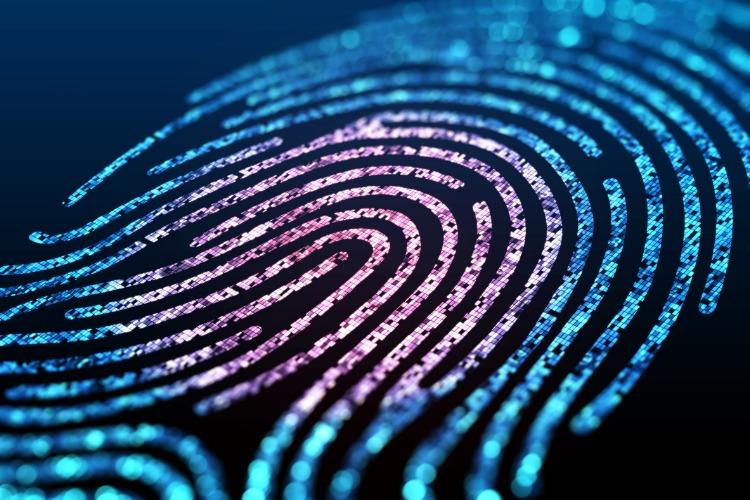How biometric technology is future-proofing tech operations
The rate at which we see technology advancing has perhaps never been as rapid as it is today. We live in a time in which processing capacities double every 18 months, 2.5 quintillion bytes of data are created each day, and the tech sector in the US alone has an estimated value of around $1.6 trillion.
This rate of transformation has brought many benefits to almost every facet of our daily lives, from leisure and transport to education and employment, though it’s the security industry that has enjoyed arguably the most meaningful advancements when it comes to future-proofing their operations.
With the advent of reliable biometric technology, organizations and institutions across all sectors are able to better protect themselves and their important data from both physical and cyber threats, the only real hurdle is understanding how best to implement such technology. To help businesses to harness the benefits of these advancements, here’s how biometric technology is future-proofing tech operations.
Biometric authentication helps secure vital data
Though there are fairly effective manual options when it comes to data security and online protection, including two-factor authentication and password encryption, the advent of advanced biometric authentication in many ways represents the highest degree of security for high-risk organizations.
Password-based security features are built around a deterministic authentication process, requiring a 100% character-by-character match to grant access. Whilst this method may seem suitably secure at a glance, the mathematical nature of this process can make imitating security credentials quite easy.
Biometric authentication systems, however, make use of probabilistic methodologies. A process designed around authenticating the right users using several metrics rather than a simple character match. When you consider that over 80% of hacking breaches come as a result of weak passwords, this approach can prove much safer when used by high-risk organizations like financial institutions.
The convenience of biometric authentication
Access control has quickly become a top consideration for modern businesses, with studies suggesting around 54% of companies have upgraded to a mobile access control system in the last few years or are planning to do so in the near future. Whilst any form of access control system will provide more security than a traditional lock, biometric access measures are arguably the most convenient.
With employees and authorized users able to gain access to private areas using biometric credentials alone, key cards, fobs and other losable devices become redundant, and with the recent pandemic highlighting the importance of good hygiene in the workplace, the benefits of a contactless system speak for themselves.
Biometric authentication is adaptable
Current biometric readers are no longer limited only to fingerprint and/or retina scanners, in fact the today’s most advanced biometric systems are now able to analyze a combination of both physical and behavioral identifiers to better evaluate the precise credentials of any given individual.
Fingerprint scanners remain the most popular form of biometric authentication, with an estimated 57% of companies utilizing this technology, though a combination of facial, vocal and signature-based biometric recognition systems can be used in personalized configurations, allowing businesses to freely adjust specific security protocols to better fit a range of use cases across their wider operations.
Protecting biometric data
When implementing a biometric authentication system, just like any other professional security feature, it’s of utmost importance that all personal data is suitably protected from potential breaches. As with conventional passwords, the loss of this data could put the company at risk, but the personal nature of biometrics has the potential to bring about even more pressing privacy concerns.
One way to increase security is to protect all systems behind a multi-factor authentication process, requiring two or more metrics to be bet to access data, further security can be achieved by encrypting all data in transit and opting to limit the number of people authorized to access certain integral systems.
Last word
Biometric authentication has the potential to meaningfully improve the security, reliability and accuracy of identification systems across a range of different businesses. Provided that these systems are installed and managed with multi-level security in mind, the benefits of investing in biometric technology are clear.
Integrated biometric systems boast increased convenience, reduced energy costs and better security than fob-based access control, with these findings reflected in the increasing adoption of this technology across several market sectors. To future-proof tech operations, biometrics seem almost essential.

